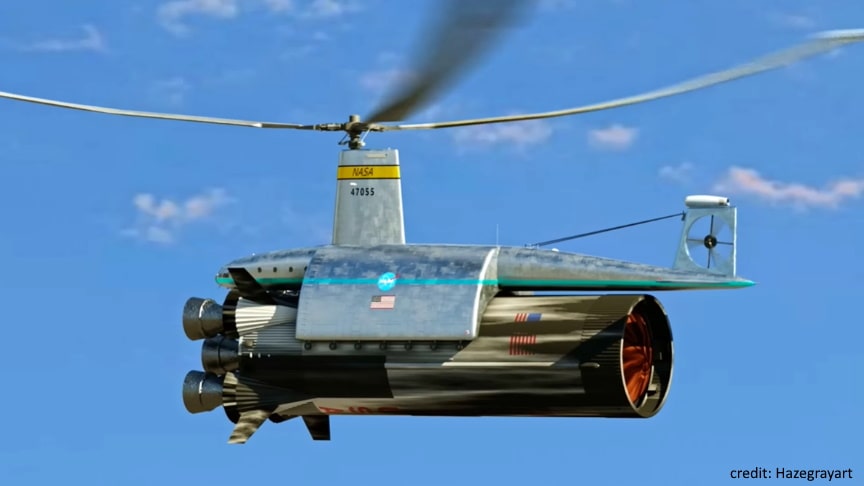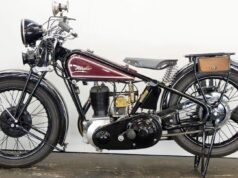Back in the Apollo program Hiller Aircraft proposed catching the entire 1st stage of the Saturn V under a giant helicopter. They called it the Rotary Wing System for Booster Recovery.
source/image(PrtSc): Hazegrayart
The rotor diameter would be over 120 meters (400 feet). Empty weight would be over 200,000 kilograms (450,000 pounds), with a useful load of nearly 250,000 kilograms (550,000 pounds) for a gross weight of a whopping 453,000 kilograms (1,000,000 pounds) With internal and external fuel tanks the helicopter would be capable of loitering in the recovery area for up to six hours. Watch the video from Hazegrayart:
When the rocket was fired, the helicopter would take to the skies from a nearby airbase. It would fly to the zone that the booster, the S-1C, would land, and lotier in the area for up to six hours with its large fuel tanks – hovering at around 15,000 to 20,000 feet.When the booster seperated and began its decent,it would deploy a sort of double tandum parachut, the upper section would have a hook.
Advertisement
The air tug would approach the decending rocket, and meet it at around 10,000 feet. At this point the rocket would be descending along a glide path with more forawrd than doward velocity, making it perfect for a intercept by the helicopter. Expensive as such a helicopter would have been, the huge aircraft would have paid for itself with the first several recoveries. But long-range planning for the nation’s space program was beginning to favor the concept of a reusable space shuttle over single-use rockets, and this recovery helicopter was not funded.











